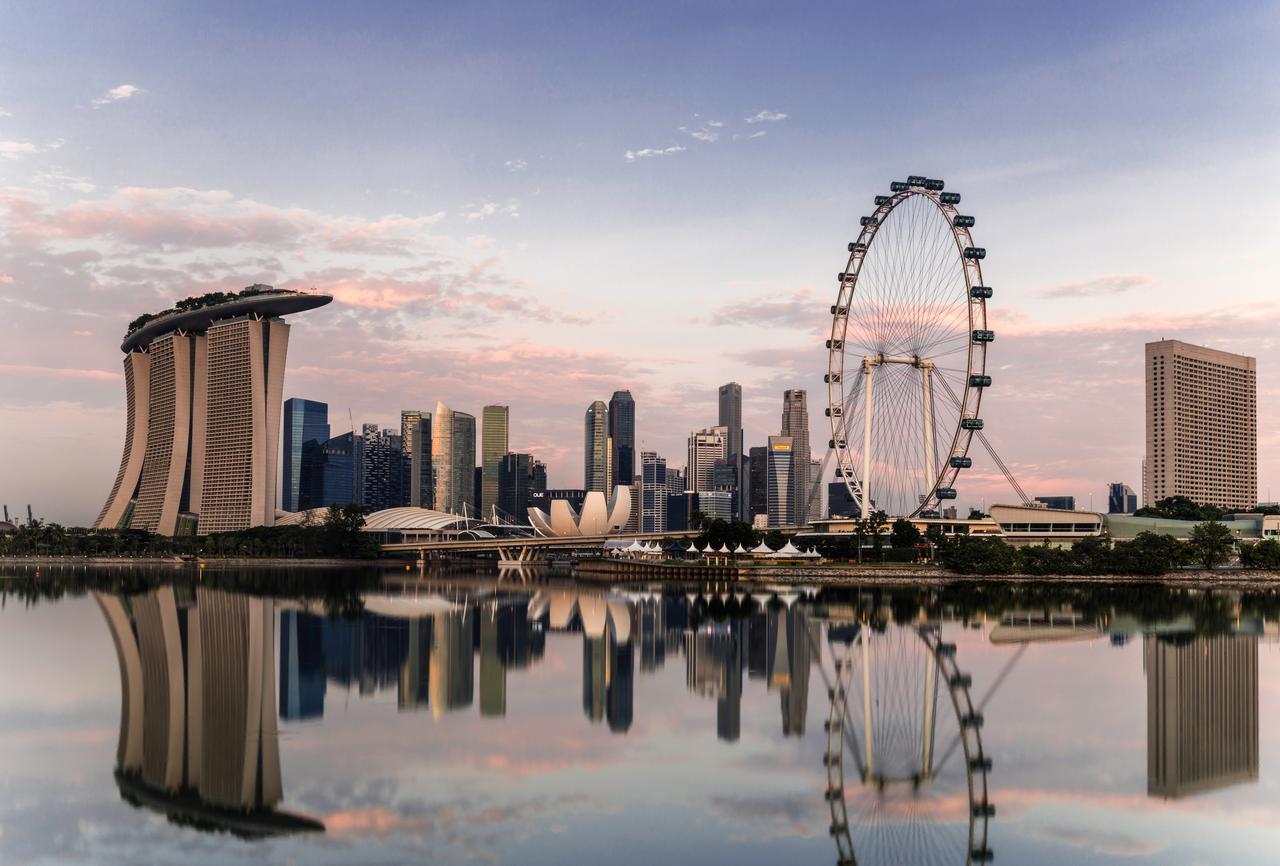26.07.2024 | What’s true and what’s false with regard to nuclear power?
10 facts about nuclear power
Nuclear power is still a hotly debated topic. While advocates praise nuclear technology as a climate-friendly and reliable source of energy, critical voices warn of potential risks and unanswered questions. Still others wish to move forward with the expansion of renewable energy and believe that nuclear energy is not sustainable long term. But what do the facts behind the controversial views say?
Fact 1: Swiss nuclear power plants are safe.
The nuclear power plants in Switzerland are among the safest facilities in the world. The operators of the Swiss nuclear power plants have continually invested in the safety of the facilities. Axpo has consistently retrofitted and upgraded the Beznau nuclear power plant since its commissioning, investing around 2.5 billion Swiss francs. The safety of nuclear power plants in Switzerland is continuously monitored by various institutions such as the Swiss Federal Nuclear Safety Inspectorate ENSI and the International Atomic Energy Agency.
Safety is the top priority for all nuclear power plants, and this approach pays off: according to “Our World in Data”, nuclear energy is one of the safest technologies for generating energy. The mortality rate per thousand terawatt hours is 0.03 for nuclear power; 1.3 for hydropower and a staggering 32.72 for lignite (Statista or Our World in Data)
Fact 2: Nuclear power plants make an essential contribution to Switzerland’s security of supply.
Switzerland’s nuclear power plants produce a total of 23.3 TWh per year (SFOE: Electricity statistics 2023). This accounts for a third of Switzerland’s annual electricity consumption. Nuclear power plants are particularly important for the security of supply in the winter months, during which time they supply almost 50 percent of Switzerland’s electricity.
Fact 3: Without nuclear power plants, Switzerland would be highly dependent on electricity imports.
If the nuclear power plants were shut down today, compensations would be needed for the lack of feed-in. Remember: these generate almost a third of Swiss electricity production, and almost half in winter. The status quo could only be achieved by replacing nuclear energy with electricity imports. Without an electricity agreement with the EU, however, doubt is increasingly being cast on these imports (see ElCom: Security of supply in Switzerland 2025). This is another reason why the rapid expansion of renewable energy in Switzerland is vital.
Fact 4: Long-term operation is the most economical and fastest solution to strengthen the security of supply in the medium term.
All nuclear power plants in Switzerland have an unlimited run-time license. The current investment and personnel planning for the Beznau and Leibstadt plants has been developed for 60 years of operation. Operation beyond this is certainly an option, but would require the power plants to be safe as well as economically viable. This makes high investments necessary that cannot be borne by individual companies. Axpo is currently investigating whether it is inherently possible for the Beznau nuclear power plant to operate for more than 60 years and has launched a corresponding project. Safety is the utmost priority here.
Fact 5: The shortage of skilled workers presents a challenge for the nuclear energy industry, too.
Nuclear power plants currently have access to sufficient qualified personnel and are able to fill vacancies. However, the shortage of skilled workers will present a challenge for nuclear power plants in the future – as is the case for many other industries. Axpo is already taking steps to counteract the shortage of skilled workers. We are investigating how to make shift work more attractive and how to introduce new working models, to name a few examples.
A recruitment campaign is also underway for the nuclear facilities in the Lower Aare Valley (KKB, KKL and ZWILAG). We are also training more and more apprentices. Our objective is to make work at our nuclear facilities even more attractive in the coming years and thereby secure sufficient skilled workers in the future.
Fact 6: Nuclear power plants reliably supply climate-friendly electricity.
In Switzerland, nuclear, hydro and wind power produce the lowest amounts of greenhouse gases. This has been confirmed by the research conducted at the Paul Scherrer Institute. In this way, a nuclear power plant produces climate-friendly electricity since it does not emit any CO2 – as opposed to coal power plants. What’s more, it requires very little space for the amount of energy it produces.
Fact 7: The issue of radioactive waste disposal has been technically solved.
Experts around the world have been in agreement for a long time: storing radioactive waste in suitable rock deep under the ground is the safest disposal method. The Swiss Nuclear Energy Act also stipulates deep geological repositories. This ensures the permanent protection of humans and the environment from the radiological hazards of radioactive waste. The Federal Government has appointed the National Cooperative for the Disposal of Radioactive Waste (Nagra) to plan and implement a deep geological repository. In September 2022, Nagra proposed the area north of Lägern as the most suitable location. More information on this topic can be found on the Nagra website.
Fact 8: Electricity from existing nuclear power plants is relatively cheap.
Electricity production costs at Swiss nuclear power plants have sat at around 4-6 centimes per kilowatt hour for years (source: swissnuclear). This includes the costs of operation, insurance, interim storage and disposal of waste as well as expenses for the work of Nagra, ENSI and the SFOE. Such low costs can be achieved thanks to the lack of construction and technology risks.
However, in other countries the production costs of nuclear energy have increased because nuclear power plants are no longer constructed in large numbers as standard.
Fact 9: New nuclear technologies will not reach market maturity in the foreseeable future.
International research is still being conducted to develop and test new technologies. The fourth generation of nuclear power plants is still in the development stage, meaning it doesn’t yet offer a solution. Small modular reactors (SMR) based on the light water reactors currently in use are a possibility. These are not expected to reach market maturity for at least 10 years.
Fact 10: Financing new nuclear power plants is supported by the government in many countries.
In the UK, the state contractually guarantees the operator a fixed electricity price for the new Hinkley Point construction project. In France, the state-dominated electricity company EDF bears the costs for Flamanville. In the US, the operator received state loan guarantees for the new construction projects of Vogtle units 3 and 4.
Alternative project financing was used for the Finnish plant Olkiluoto 3: the Mankala model – a common financing model for energy production facilities in Finland. A group of investors (mostly local energy companies) have set up a limited liability company and jointly bear the costs of building and operating the new facility. Each investor then receives electricity in proportion to their share in the company. Energy-intensive companies also have a stake in the Olkiluoto nuclear power plant, however.





